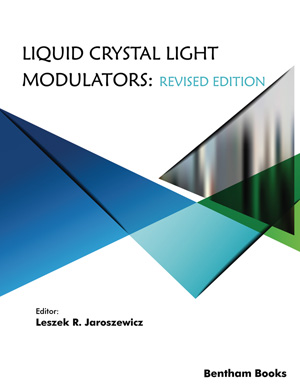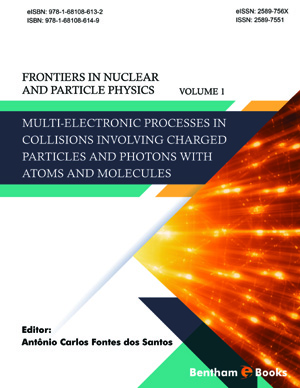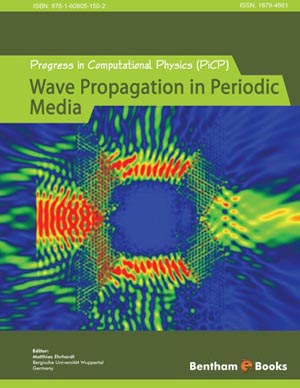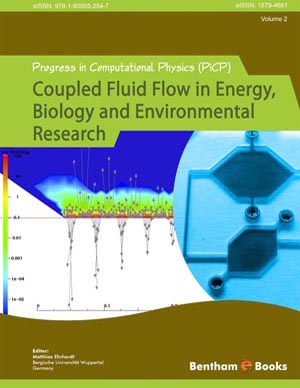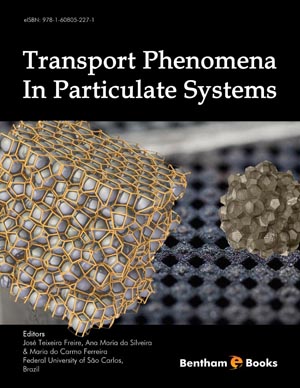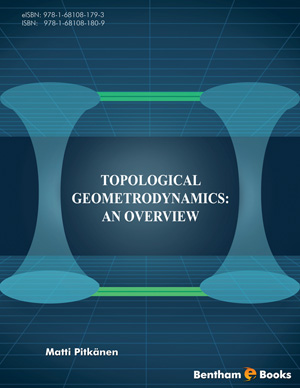Abstract
In this chapter, our efforts to obtain and optimize Liquid Crystal Shutter (LCS) for switching a light transmission in welding helmets have been described and discussed. Automatic protection devices in the welding helmet should have sufficiently short switching time and extremely low transmission, preventing the absorption of harmful doses of radiation regardless of light direction and its polarization. A short time of return to the initial off-state is required as well. LCS operating in welding helmets has a form of a removable module consisting of a stack of two liquid crystal cells and an electronic control system. In normal illumination conditions, at off-state, this module is transparent, which allows observation of welded objects. In the presence of an extremely intensive illumination, caused by an electric arc, the module rapidly reduces the transparency, with the intensity of the light reaching welder’s eyes. Application of automatic helmets increases welder’s safety and, by making both hands free, also increases their performance. According to the idea formulated above, we developed the LCS. The LCS consisted of two liquid crystal cells (of cell gap d = 6 μm) filled with a W1115 mixture (Δn = 0.08 at λ = 0.589 μm, see Chapter 3) placed between three crossed polarizers and a band-pass Dielectric-Metallic Interference Filter (DMIF). Our LCS fully meets the requirements to be applied in professional welding helmets with protection degree up to 13 N.
Keywords: Aperture, Contrast ratio, Degree of protection, Dielectric anisotropy, Driving voltage, Liquid crystal cell, Liquid crystal shutter, Optical anisotropy, Ordinary refractive index, Reduced elastic constant, Rotational viscosity, Transmission, Twisted nematic effect, Switching-on time.


